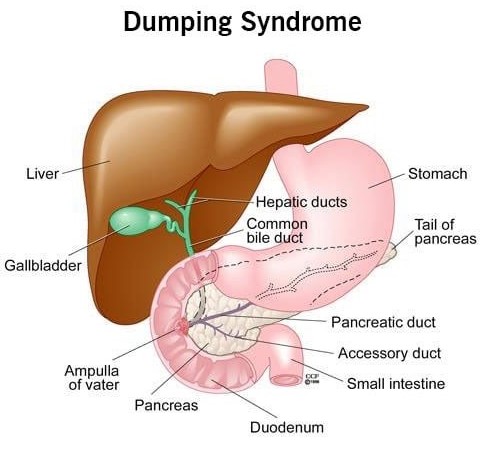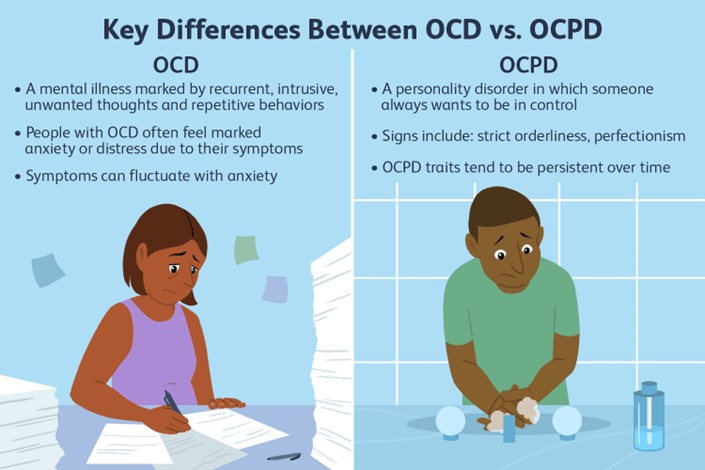The healthcare provider prescribed octreotide 150 mcg/day subcutaneously for a client with dumping syndrome. The medication is available in 0.2 mg/mL vials. How many mL should the practical nurse (PN) administer? (Enter numerical value only. If rounding is required, round to the nearest hundredth).
The Correct Answer is ["0.75"]
To calculate the amount of mL to administer, the PN should use the following formula:
mL = (mcg x 1 mg/1000 mcg) / (mg/mL)
Plugging in the given values, we get:
mL = (150 x 1/1000) / (0.2)
mL = 0.15 / 0.2
mL = 0.75
Therefore, the PN should administer 0.75 mL of octreotide subcutaneously.

Nursing Test Bank
Naxlex Comprehensive Predictor Exams
Related Questions
Correct Answer is C
Explanation
This is the most important information for the PN to ask because it assesses the client's risk for self-harm and suicidal ideation. The client's statements indicate hopelessness, low self-esteem, and impaired functioning, which are potential warning signs of suicide. The PN should ask the client directly about any thoughts or plans of harming themselves and provide support and safety measures as needed.

A. Questioning about which rituals are most often used to reduce anxiety is not a priority and may reinforce the client's compulsive behavior.
B. Asking if the obsessions and compulsions interfere with sleep is not a priority and may not address the client's emotional distress.
D. Determining what makes the client think people are laughing is not a priority and may not be helpful for the client's perception of reality.
Correct Answer is C
Explanation
This is the first action that the PN should take because the catheter size and balloon volume are inappropriate for the client. A #18 urinary catheter is too large for a female client who weighs 50 kg, and a 30 mL balloon may cause bladder trauma or discomfort. The PN should consult with the charge nurse and obtain a smaller catheter (such as #14 or #16) with a 10 mL balloon.

A. Obtaining a 30 mL syringe and a vial of sterile water is not the first action because it does not address the issue of the catheter size and balloon volume.
B. Asking the client if she has previously been catheterized is not the first action because it does not address the issue of the catheter size and balloon volume.
D. Positioning the client and observing the urinary meatus is not the first action because it does not address the issue of the catheter size and balloon volume.
Whether you are a student looking to ace your exams or a practicing nurse seeking to enhance your expertise , our nursing education contents will empower you with the confidence and competence to make a difference in the lives of patients and become a respected leader in the healthcare field.
Visit Naxlex, invest in your future and unlock endless possibilities with our unparalleled nursing education contents today
Report Wrong Answer on the Current Question
Do you disagree with the answer? If yes, what is your expected answer? Explain.
Kindly be descriptive with the issue you are facing.
